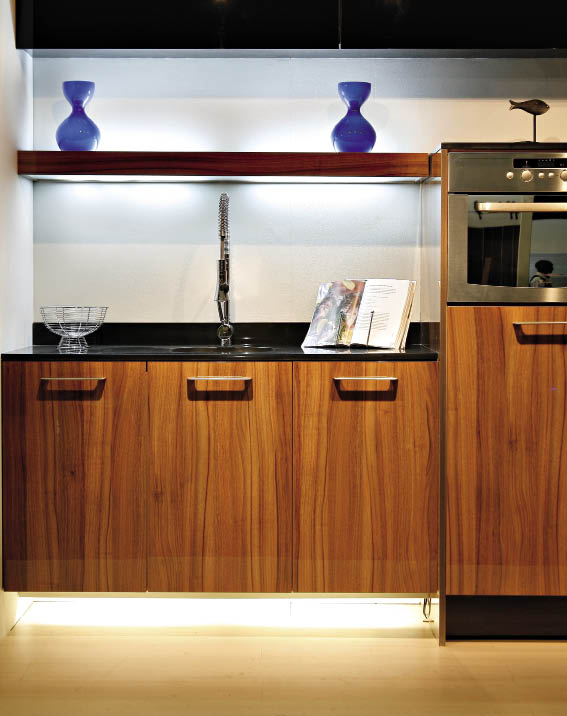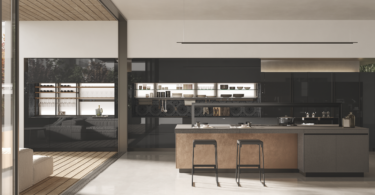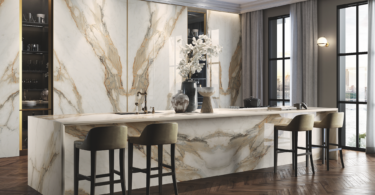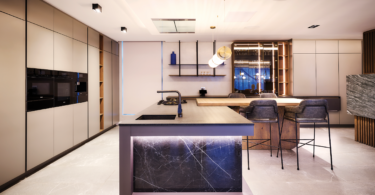By Rami Moorosi
Gone are the days when kitchen lighting consisted mainly of a single fluorescent used to light up the whole area. Planning lighting for the kitchen is as important as choosing cabinetry or appliances, however this is an undertaking that is often overlooked.
“The biggest mistake that most people make is trying to light their entire kitchen with one centrally placed fixture without considering the size of the kitchen and/or the different applications of lighting in different areas of their kitchen. Although a successful kitchen lighting design need not be complex, it should be layered in order to create a warm and inviting space that can function as a cooking area, a practical workspace and an appealing entertainment area,” says Melissa Davidson from The Lighting Warehouse.
The most effective lighting involves layers of task, ambient, accent and decorative lighting blended together. This results in a warm and inviting culinary space that works with your other design elements to create a practical workspace and lively entertainment area.
“Ambient lighting is an important layer that is often overlooked in the kitchen, but it is this light that softens harsh shadows and creates a warm inviting glow in the room. Ambient lighting fixtures may include flush-mounted ceiling fixtures, a pendant or chandelier hanging over the island and adjustable track lighting. Accent lighting highlights a piece of artwork on the wall or a tile splashback over the sink, or illuminates glassware in a glass cabinet. Track lighting, up-lighters and wall sconces are all accent fixtures,” explains Shaun Bouchier, director of Eurolux.
Under-cabinet lighting is also a must-have in the kitchen, and Philip Richards from blu_line explains why: “Under-cabinet lighting is an essential element and is classified as task lighting. Cabinet lighting, floating lighting, island lighting and feature lighting are also very necessary to achieve a living space that is both warm and aesthetically pleasing. Ceiling lighting in the form of pendants or chandeliers is also used often and a freestanding lamp can be very effective too, especially when integrating the living space with the rest of the interior.”
Experts from SieMatic add: “The best system would integrate mood lighting as well as functional lighting in a seamless combination, allowing you to use one or both at the same time. Lighting such as this also highlights certain parts of the kitchen within a comfortable view range.”
Chantelle Koen from Inside Living says: “One important development in kitchen lighting is the internal and concealed lighting for drawers.” A good example of this is the Häcker range from Inside Living, where the LED light goes on when you open a drawer and then switches off after a few minutes if the drawer is left open. This provides task lighting in the event that your shadow is cast over the drawer at night.
SieMatic has also recently launched a shelf system that is also a lighting system, and this can be used to provide smaller kitchens the ambience they would need, while adding that “wow factor”.
In terms of trends, there is a wide variety of hanging light systems in the form of chandeliers and pendants that offer character to a space and interest where needed, therefore creating the desired atmosphere. There is also an increasing range of LED fittings available, and these can be used in various applications due to their energy saving qualities and their long lasting nature.
When it comes to materials, there is a wide variety of kitchen light fixtures made with steel, aluminium and plastic. Glass is still a popular choice as it is easy to clean and it yields better illumination. Metal finishes are also elegant and these stay cleaner for longer.
If you are considering purchasing a plastic fixture, it is worth noting that this material turns yellow easily with frequent use and may be difficult to clean at times.
To get the correct look, remember to layer your lighting – use dimmers and multiple light switches and make sure your decorative lighting is in proportion with the size of the kitchen.



















Leave a Comment